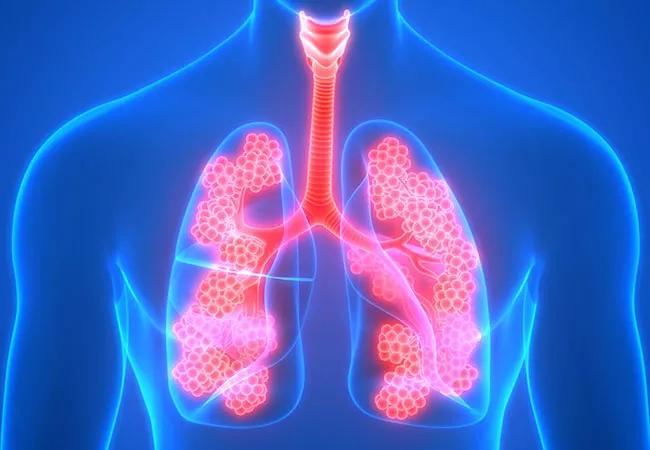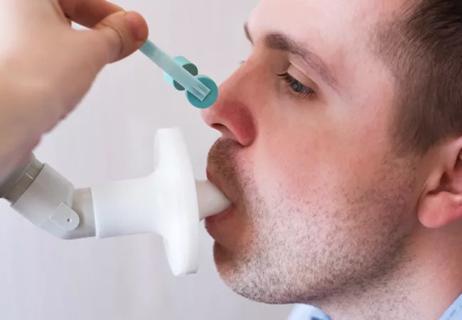Study links androgen-receptor expression with less inflammation and better lung function

Inflammation and eosinophils aren’t the only biologic mechanisms at play in asthma. There also may be hormonal involvement, as suggested by the striking gender gap: Women are twice as likely as men to have asthma over a lifespan.
Advertisement
Cleveland Clinic is a non-profit academic medical center. Advertising on our site helps support our mission. We do not endorse non-Cleveland Clinic products or services. Policy
“One out of two patients with asthma struggle to control it, even while following care guidelines,” says Joe Zein, MD, PhD, MBA, a pulmonologist in Cleveland Clinic’s Respiratory Institute. “They have at least one exacerbation per year. That’s concerning. There must be something more for these patients than corticosteroids and biologics.”
That “something more” may one day involve hormone therapy. A study recently published in the American Journal of Respiratory and Critical Care Medicine is the first to reveal the role of androgens and androgen receptors in asthma.
“These findings about androgen are noteworthy for asthma, but also may be applicable to other diseases with gender disparities,” says Dr. Zein, lead author of the study.
During the COVID-19 pandemic, a team of Cleveland Clinic researchers suggested that androgen-receptor expression in human airways may explain why men generally have worse outcomes of COVID infection than women.
That study led to the asthma study, in which researchers evaluated the bronchial epithelial cells of 128 adults enrolled in the National Heart, Lung, and Blood Institute’s Severe Asthma Research Program. They found that higher androgen-receptor expression was associated with lower airway inflammation (fractional exhaled nitric oxide) as well as better lung function (FEV1/FVC ratio) and fewer asthma symptoms as reported on asthma quality of life questionnaires.
“This was expected, as we already were aware of the gender disparity in asthma, and animal studies had already established the inflammatory effect of estrogens and anti-inflammatory effect of androgens,” says Dr. Zein. “We were not surprised to see that androgens were protective and that androgen signaling was beneficial.”
Advertisement
Researchers also confirmed that men had fewer asthma exacerbations and emergency department visits, according to validation studies of patients at Cleveland Clinic and through the U.S. National Health and Nutrition Examination Survey.
The study is merely a proof of concept — nothing that will change clinical care. However, it does lay the groundwork for an anticipated randomized controlled trial of dehydroepiandrosterone (DHEA) supplementation in patients with asthma. Cleveland Clinic researchers are currently planning for this next step and pursuing funding.
“We did a pilot study on a small number of women, giving them supplemental DHEA,” says Dr. Zein. “They did show a slight improvement in lung function after supplementation, but we need much more substantial evidence before we can declare androgen supplementation beneficial for managing asthma.”
While endogenous, physiologic hormone may be beneficial, a supplemental, pharmacologic counterpart may not have the same effect, he cautions.
Advertisement
Advertisement

New research classifies asthma into five clinically important subphenotypes

Cleveland Clinic pulmonologists address the role of measuring exhaled nitric oxide in the diagnosis and management of asthma and provide guidance for its appropriate use

New guidelines from the American Thoracic Society provide clarity on when to use the test, though some questions remain

New study demonstrates feasibility
![18-PUL-4998-Aronica-Hero-Image-650x450pxl[1]](https://assets.clevelandclinic.org/transform/StoryPanel/d48e2342-2af6-4781-8d4d-fd4ffce7d2a2/18-PUL-4998-Aronica-Hero-Image-650x450pxl1_jpg?w=3840&q=75)
Gene variant holds key to those needing a different treatment

Long-term safety and efficacy assessed

Asthma Center Co-Director gives the short answer

Without it, we underdiagnose